WATERVILLE — Charlie Giguere envisions a vibrant downtown where storefronts are full, people are living on upper floors of buildings and sidewalks are teeming with patrons.
It is a vision he shares with Paul Boghossian, owner of the Hathaway Creative Center, who believes that in order to have a thriving downtown, people must be living and working there.
What the two businessmen have in common is that each has taken action toward achieving that goal.
Boghossian has transformed one of three old mill buildings on Water Street into retail and office space with 67 high-end apartments on its upper floors — living spaces that are full with a waiting list.
Giguere recently completed a nearly two-year project to renovate offices and apartments on the second and third floors above his downtown business, Silver Street Tavern.
He applied for historic tax credits to do the work, and if approved, he expects to recoup 45 percent of the rehabilitation costs.
“I think Charlie’s done a great job, and I think he’ll do really well with them,” Boghossian said Friday. “I really applaud his making an investment in downtown because I really think it’s a harbinger of what we’re going to see all over downtown in the years to come.”
Giguere believes in downtown. Three years ago, he transformed the second, third and fourth floors of 28 Main St. into high-end apartments. The building shares a wall with his 2 Silver St. building, which features the tavern and restaurant on the first floor and Spirits Nightclub in the basement.
Giguere also owns and renovated 137 Main St., the first floor of which he rents to the restaurant Amici’s Cucina. There are three apartments on upper floors.
The former owner and now manager of Champions Fitness Center at Elm Plaza, Giguere also owns an apartment building on West Street, as well as buildings housing 17 rental units in Winslow.
“Apartments are in my blood,” he said. “That came from my Dad. We grew up in an apartment (on School Street in Waterville). We had apartments. We managed apartments.”
Giguere said he loves Waterville and the downtown and wants to see it grow. The more living spaces that are created downtown, the more the vacant storefronts will disappear, he says.
“If we can add a few hundred people to downtown living, that’s going to improve all these vacant buildings. We’re going to have a reason to put more retail businesses there.”
HISTORIC STANDARDS
During a recent tour of his Silver Street building, constructed in 1877 by the Independent Order of Odd Fellows, Giguere explained that over time, it has housed a number of entities including Waterville National Bank, a U.S. Post Office and a clothing and footwear store. The building’s original entrance was off Main Street.
To get to the upper floors, one enters a steel gate off Silver Street.
The second floor has six 300-square-foot rooms off a long corridor, and they may be rented as six offices, three double offices or the entire unit for one business. The original hardwood floors have been refurbished throughout, the rooms have 10-foot-high ceilings and sport a fresh coat of cream-colored paint and large, white-trimmed windows that offer sunny views of downtown. There also is a common area with a kitchen.
A one-bedroom, third-floor apartment on the northeast side of the building, slated to rent for $955 a month, has an original brick wall, built-in bookshelf and combined living and kitchen area with all new stainless steel appliances, including washer and dryer.
The two-bedroom apartment, which is slated to rent for $1,500 a month with everything included except electricity, also has a loft that is accessible by a staircase and may be used as an office, bedroom or activity area. The apartment, with 14-foot-high-ceilings, maintains the original molding around the Odd Fellows stage. All the rooms are air-conditioned and sprinkled.
Scott Hanson, an architectural historian and consultant for Sutherland Conservation & Consulting, of Augusta, worked with Giguere on the project, making sure that all the work was done to historic standards.
“The purpose of the standards is to ensure that when the whole project is completed, the building is still eligible for the National Register (of Historic Places), so its historic character is retained throughout the rehabilitation process,” Hanson said.
Sections of the tin ceiling on the second floor were damaged beyond repair, so matching new material was found to repair the damaged sections, Hanson said. Door hardware was selected that was compatible with the character of the building and all new lighting fixtures were made in a style that was produced historically, he said.
“At the same time, the building got completely updated systems — new heating, new plumbing, new electrical — all of that was brought up to modern code and all of that work qualifies for the tax credits,” Hanson said.
HISTORIC TAX CREDITS
Hanson’s role in the project was to provide guidance with the historic tax credit application process. He worked with Giguere during the design phase to ensure that the work would meet standards and qualify for tax credits and monitored the work throughout the project. The three-part application was submitted to the state Historic Preservation Commission and National Park Service. It includes details of the building’s original condition, proposed work and hundreds of photographs. Hanson worked not only with Giguere, but also with contractors and subcontractors.
“The building is in the Waterville Main Street National Registry Historic District which means as a contributing building to the district, it is eligible to use the historic tax credits,” Hanson said. The Waterville District, he said, was established two years ago in the hope that downtown property owners would take advantage of the tax credits. Hanson’s firm nominated Waterville for the district.
Hanson explained that there are both state and federal historic tax credits. The state gives 25 percent of qualifying rehabilitation costs back to the developer and the federal credit return is 20 percent. The money comes from the Maine Revenue Services and the Internal Revenue Service, he said.
“Taken together, 45 percent of the rehabilitation costs are returned to the developer or investor as tax credits,” Hanson said. “He (Giguere) used both. I think that Charlie has succeeded in rehabilitating an important structure on Waterville’s Main Street in a way that makes it a highly desirable location for an office or a residence and that he has given the building another century of life.”
Hanson, who also worked on the Gilman Street project that transformed a former school into housing and the Hathaway mill project, said he thinks it is important for people to understand that Maine has one of the very best historic tax credit programs in the country.
Giguere’s project, he said, is still in the final approval stage and is likely to be approved.
“Very seldom, by the time you reach that part, are there any surprises,” he said.
Christian Savage, program director for the Mid-Maine Chamber of Commerce, said Giguere’s project is just the type of thing that drives a vibrant and thriving downtown.
“It’s good to have people downtown once the stores pack up for the day,” he said. “It’s good to see bodies downtown and the lights on.”
Boghossian, meanwhile, says he plans to develop the former Central Maine Power Co. building on Water Street, next to Hathaway, into live-work spaces within the next year. The next year, he plans to transform the northernmost mill building near Ticonic Bridge into more apartments. That would complete the development of his three buildings.
“We’re not too far from having it completely done,” he said. “I’m pretty bullish about Waterville. I think that Waterville’s on the ascent.”
Amy Calder — 861-9247
Twitter: @AmyCalder17
Send questions/comments to the editors.


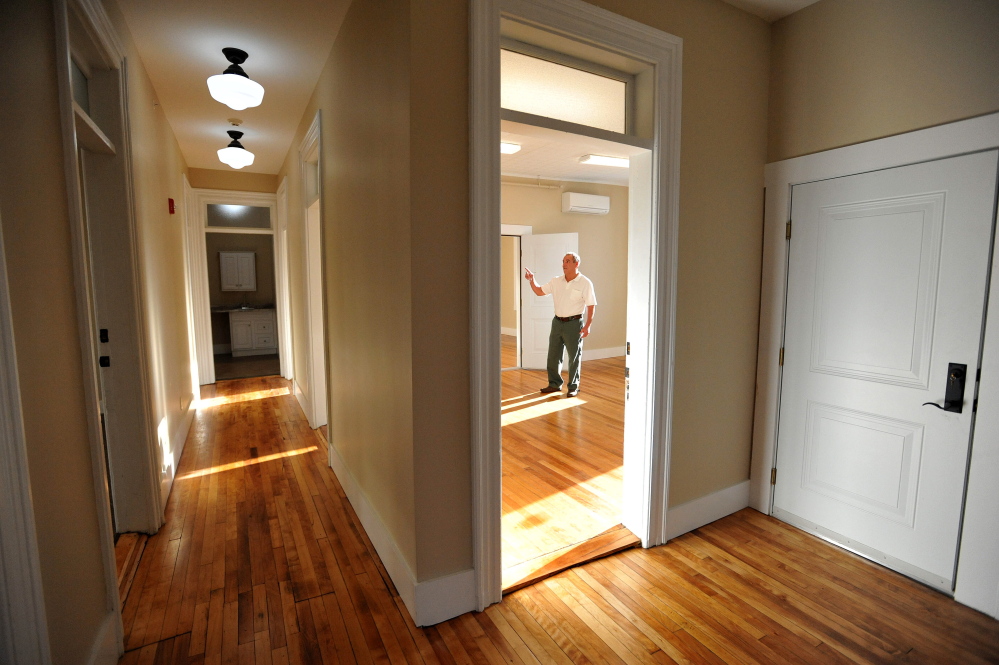
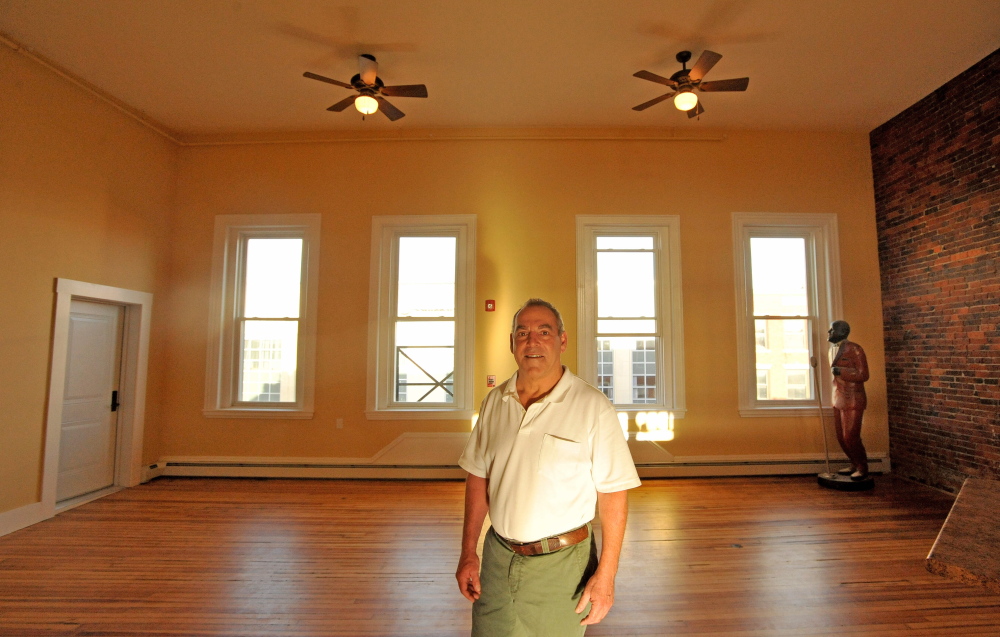
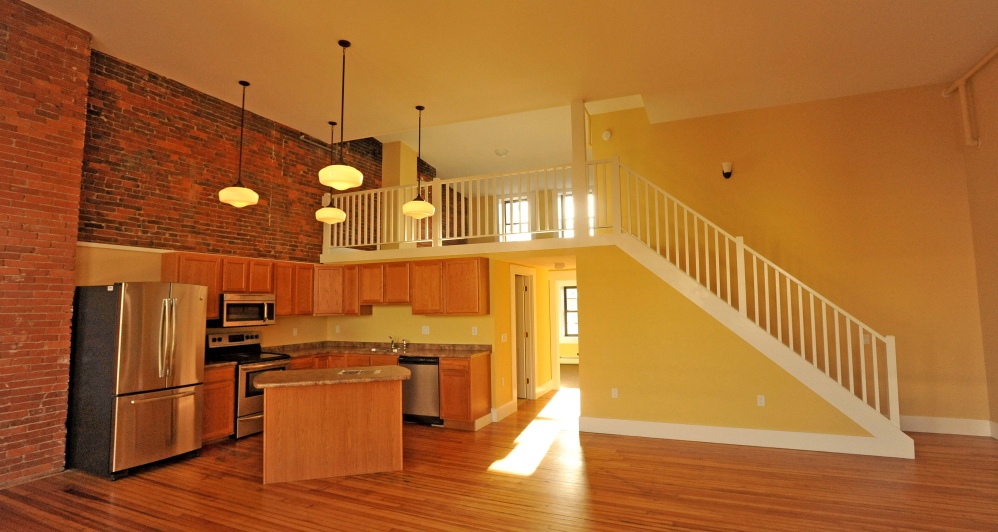
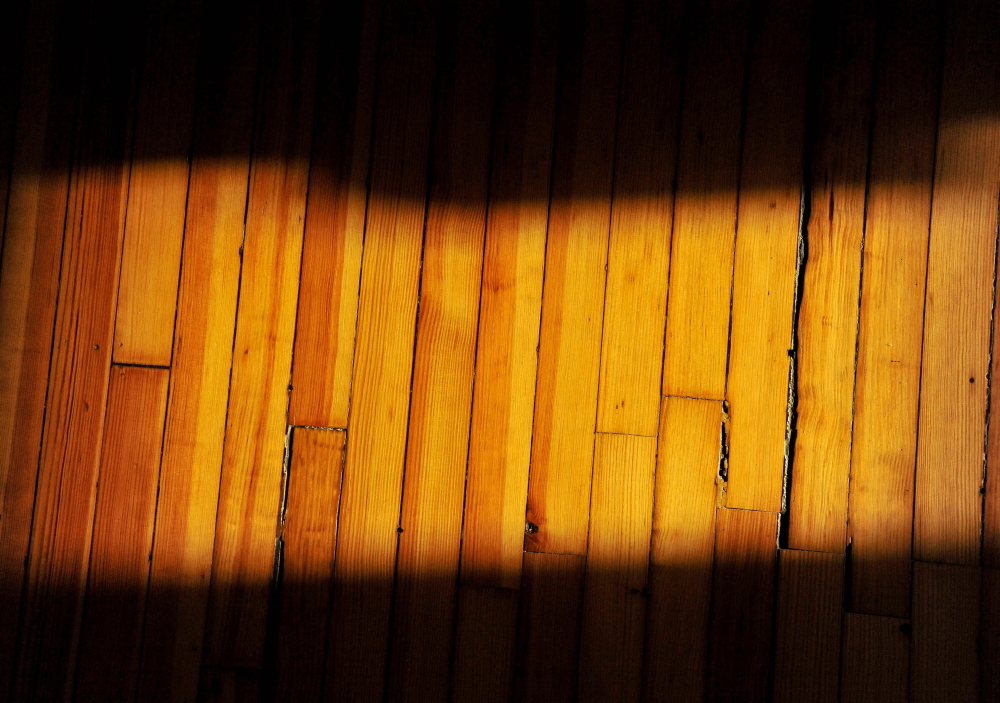
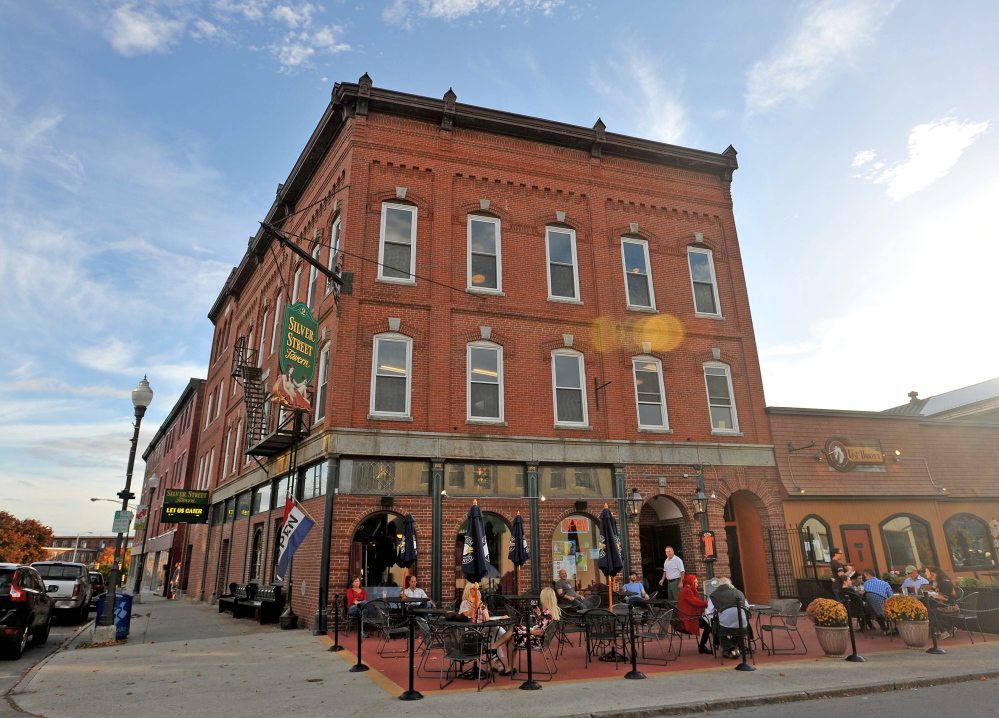
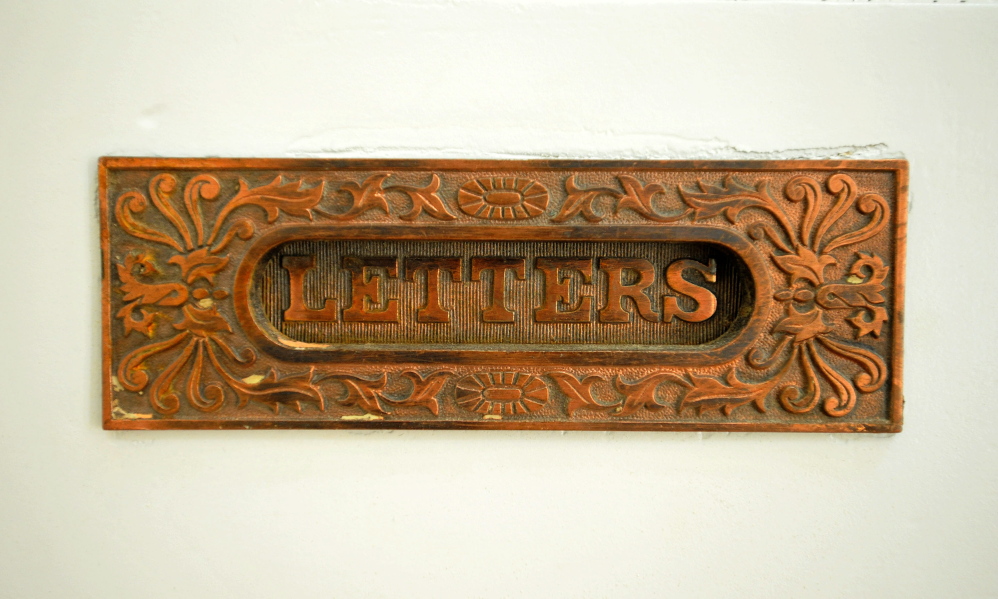



Comments are no longer available on this story